Warsaw, the capital and largest city of Poland with a population of 1,7 million, is a city that is rich on history. And at the same time, it’s a city that is reinventing itself all the time. Everywhere you go, you’ll see buildings from different centuries standing next to each other, creating a timeline in history in the modern city. And the contrasts of these many buildings are what make Warsaw unique; from the medieval old town that was destroyed during the Second World War and later rebuilt to the mid-nineties cement buildings and the stalinistic Palace of Culture surrounded by modern-day skycrapers that now dominate the skyline.
I had two days to explore Warsaw and while I had a very tight schedule as I wanted to see as much as possible, I still had time to just sit and relax in the beautiful parks, trying to take in the many impressions that the contrasting city gave me.
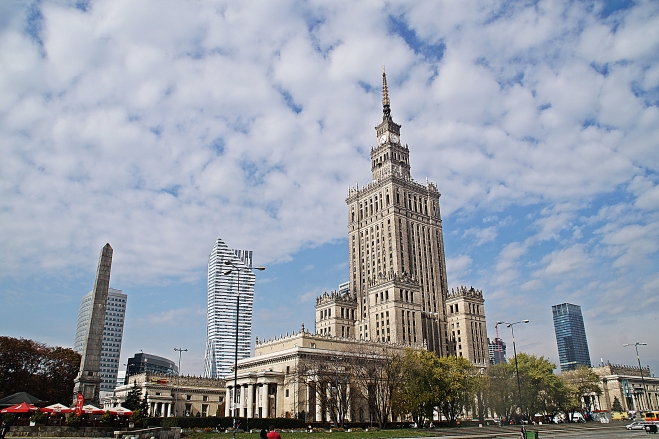
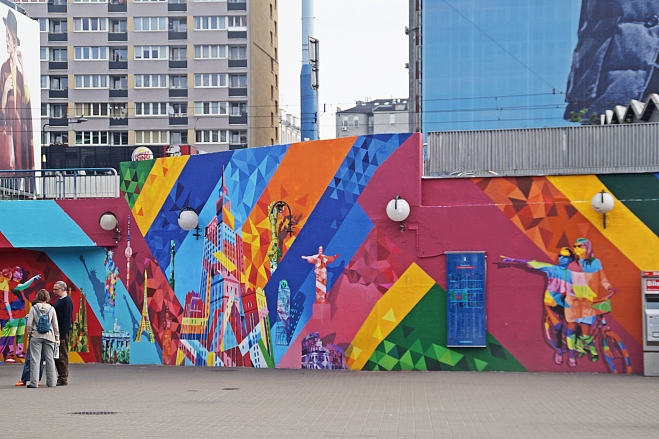
Impressive castles, historic buildings and enormous green parks; Warsaw is full of stunning architecture and is among the greenest cities in Europe, and with the old town as the beautiful centre, the classic Warsaw is by far the biggest tourist-magnet in the city. This is not the place to go when wanting to meet locals, but the sights in itself are worth checking out and are crucial to see in order to get a full understanding of the impact that the Second World War has made in Warsaw.
During the Second World War, Warsaw was completely destroyed and was in fact the city that was most affected in all of Poland – a country that was already massively exposed during the war. Over 50 percent of the population of Warsaw were killed and 85 percent of the buildings were ruined. After the war, there was almost nothing left of the capital, but the inhabitants were determined to build up their city again.
The old town, which has been on UNESCOs World Heritage List since 1980 after being rebuilt in its former glory, still has that magical feeling of an old medieval town despite the fact that it has lost its historical value. I went for a stroll through the old streets and took in the cozy atmosphere, before enjoying a vegetarian pizza in a small restaurant on a quaint street. It wasn’t hard to imagine what the city had been like 1000 years ago and despite the buildings being fairly new, they still had an authentic feel to them.
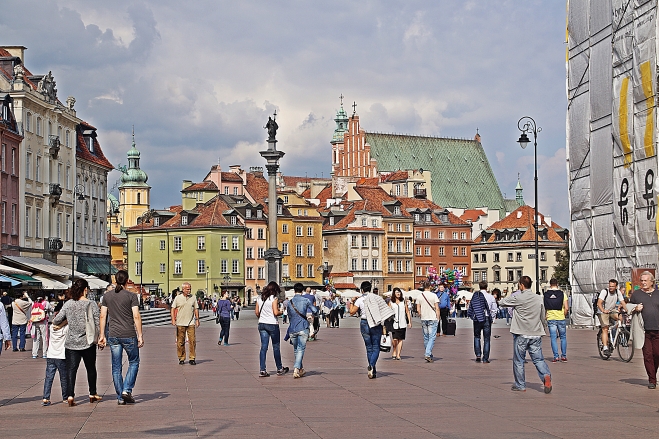
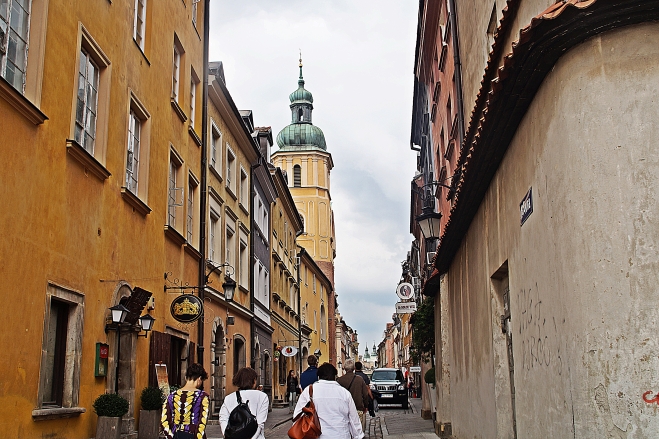

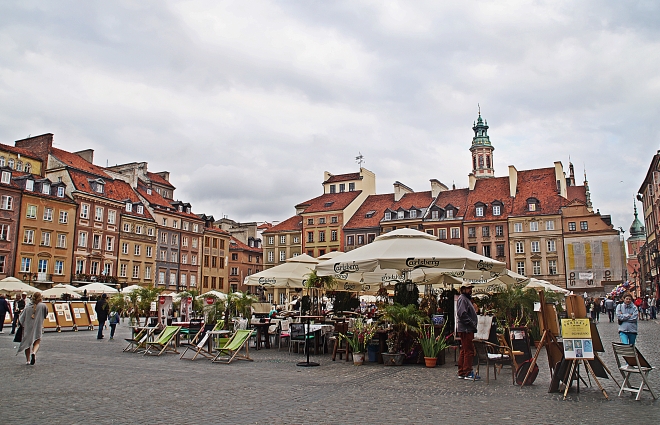
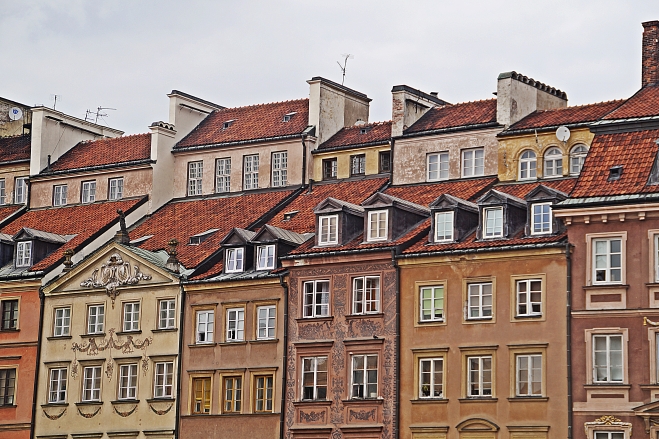
Before entering the old town, the Royal Castle built in 1598 deserves a visit with its marvellous interior that is covered in gold, red velvet, brocade, old paintings and gigantic chandeliers. Entry to the castle is free on Sundays, and since I was there then, I took advantage of it and saw the extraordinary interior for myself.
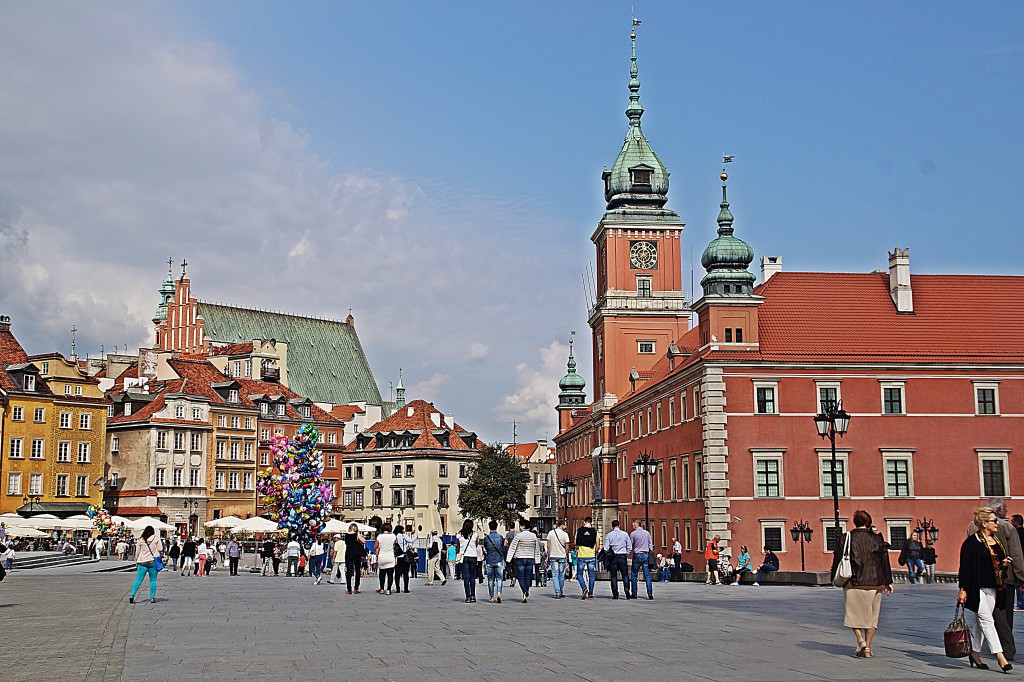


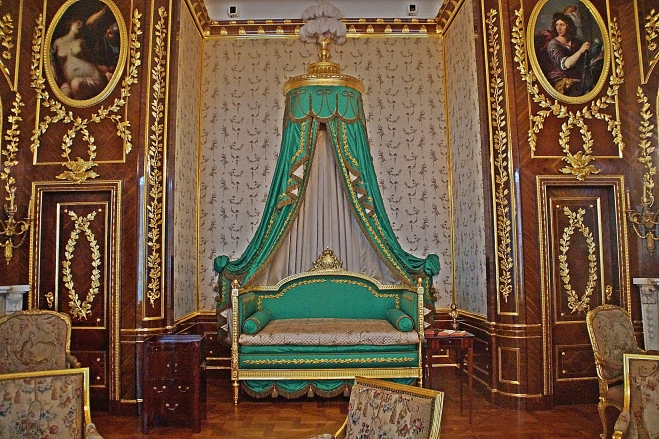
From the Royal Castle begins the Royal Route that runs South down to the Lazienki park. On the way, there are many interesting sights to see, including the Presidential Palace – the “White House” of Poland -, Hotel Bristol, which is the 11th best hotel in Europe, the Holy Cross Church, where Fryderyk Chopins heart is kept in an urn, and the Saxon Garden, the oldest park in Warsaw, where two guards are keeping watch on one of the most visited places in the city, the Tomb of the Unknown Soldier with the eternal flame, dedicated to the unknown soldiers that have given their lives for Poland.
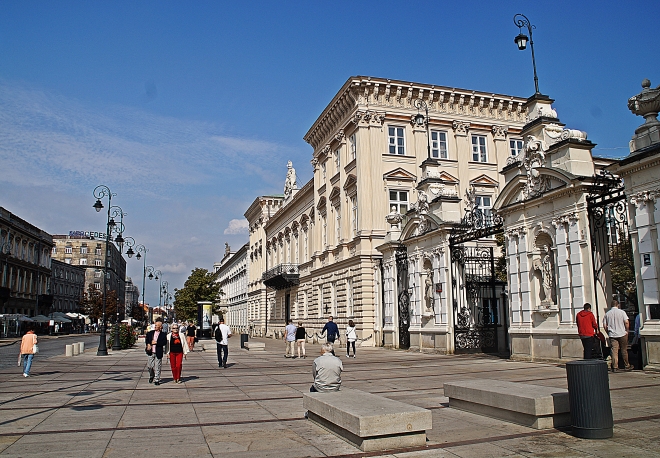

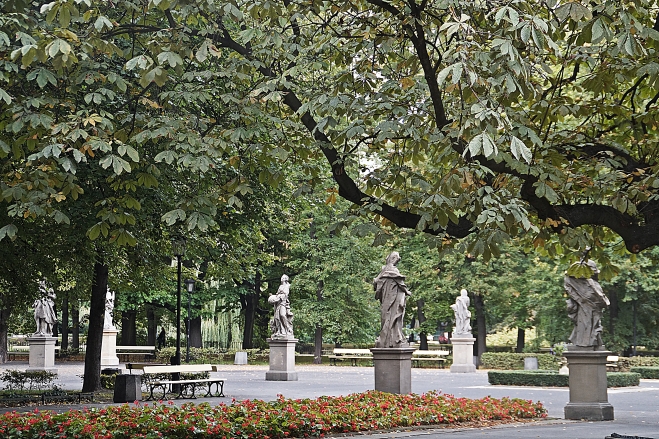
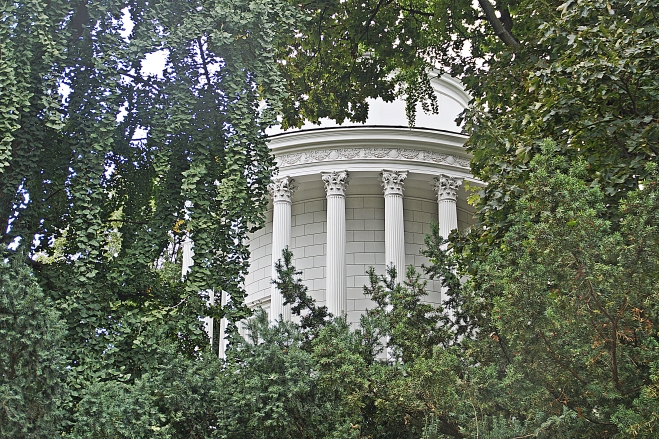
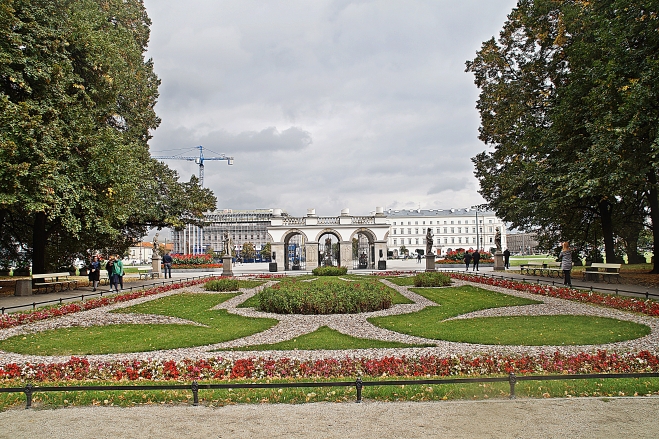
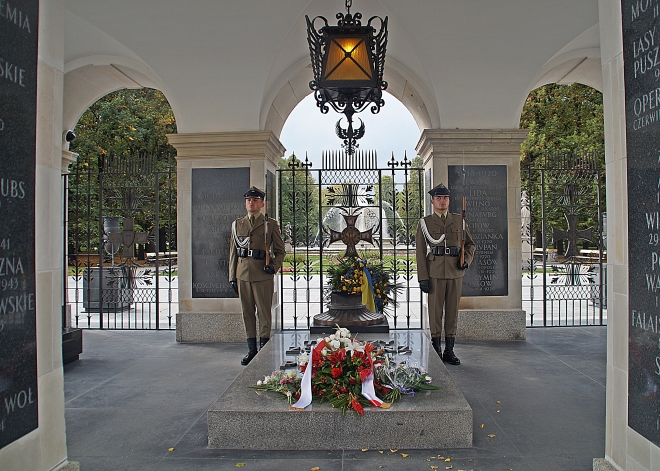
Once you get to the Lazienki park, you will be overwhelmed by the incredible silence that exists here. In the middle of a busy Capital lies this huge park with countless monuments, castles and fountains just waiting to be explored. This is the perfect place to end the day of sightseeing, at the end of the Royal Road in the Royal Gardens. Go sightseeing and visit the floating palace built by King Stanislaw August Poniatowski, the floating amphitheatre and the many sculptures and fountains. Or seek the quiet areas in the forest on narrow paths among thousands of sqiurrels and winding streams.
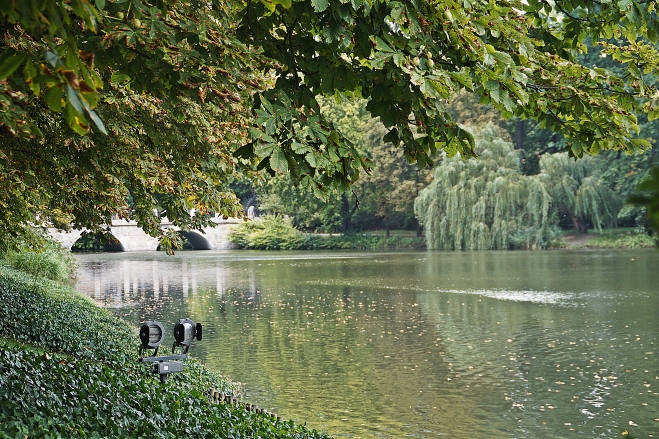
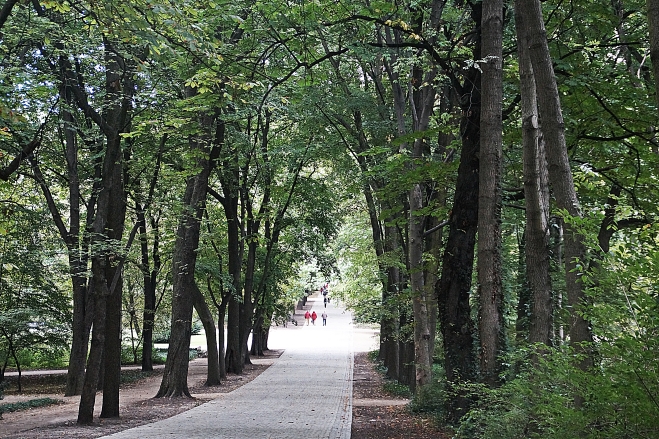
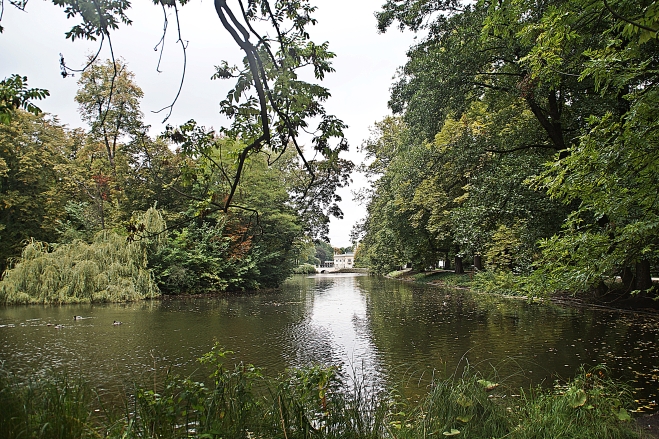
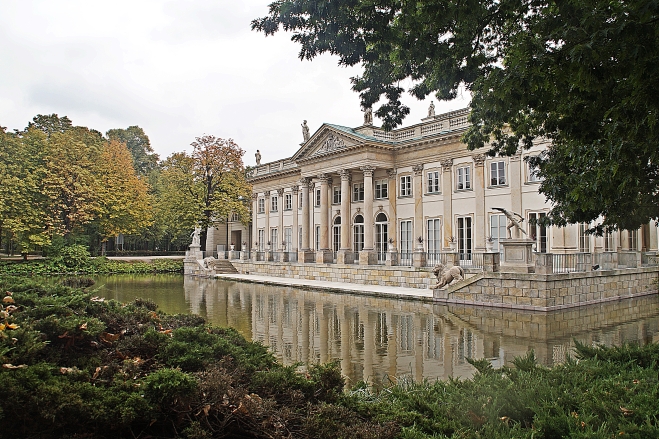
The Lazienki park is beautiful, but rather crowded, so if you would prefer to get away from the crowds and enjoy a picnic in silence, the neighbouring Ujazdowski park is just as beautiful, if not more, and is far more serene. Here, I took a long break from my hectic sightseeing day, and really enjoyed simply sitting there, looking out on the pond, listening to the birds singing and feeding them occasionally.
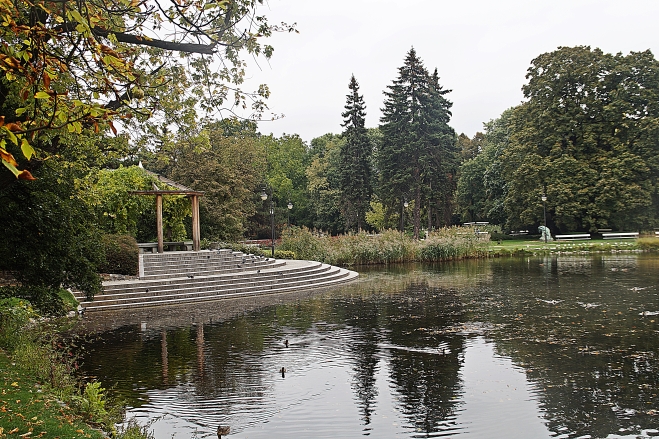

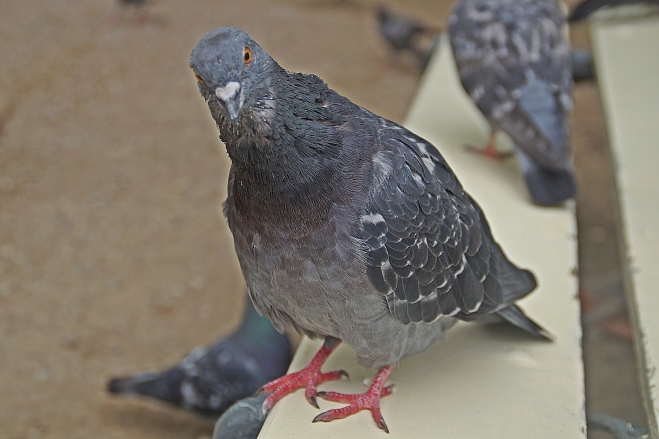
The best view of the city is said to be from the Palace of Culture – as that’s the only place where you won’t be able to see it. Loved by a few, hated by many, the Palace of Culture, which was a “gift” from Stalin to the Polish people, stands in the middle of the city, reminding the residents every day of how communism slowly took over the city after the Second World War, but also as a reminder of what the city has overcome and how it has since evolved. Personally, I find the building kind of stunning and would prefer a view with it.
If you walk away from the Royal Road and the touristy areas for a bit, you will start to notice a less polished, yet more real Warsaw. Away from the crowds, where grey communist block buildings are evidence of a past era with communist oppression after the Second World War. There are many tourists in Warsaw, but it’s not hard to find and experience the more local places where everyday life happens.

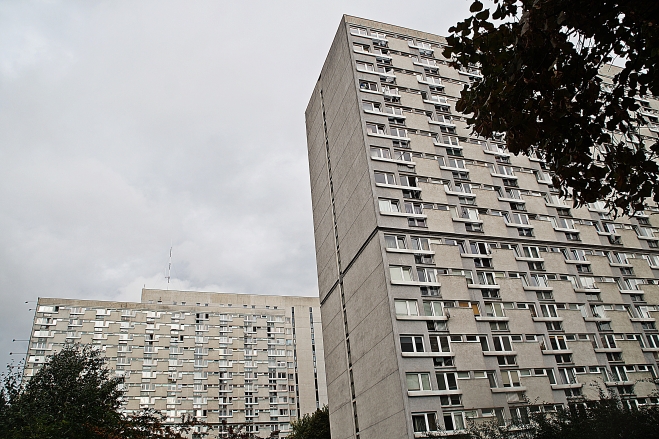
While the classic Warsaw with all the must-see sights is definitely worth visiting, I would really recommend going away from that area for just a bit. Seek the unknown, get lost for a while and discover something new.
When I first did this, I came across a beautiful church well hidden by trees, St. Barbara’s Church, where a ceremony was being held. I understood nothing as it was in Polish, but the fact that the church was completely free from other tourists made it a more authentic and peaceful experience that I wouldn’t have been without.
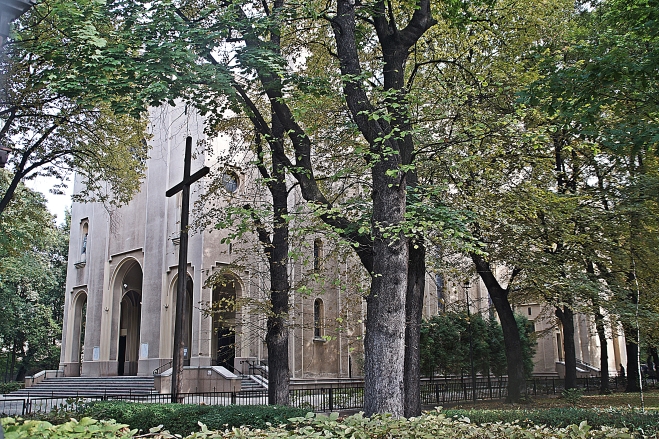

Another place that is highly underrated, is the Warsaw Citadel. The citadel was built in the 19th century by order of Tsar Nicholas I following the November Uprising in 1830 to strengthen the Russian control of Warsaw and served as a prison for the Polish freedom fighters. It was turned into a museum in 1963. Unfortunately, when I was there, the museum was under construction and therefore everything was closed, but I was still able to walk about on the grounds of the citadel, see the old ruins and the Russian artillery and touch the fortress walls. Just outside the walls lies a large execution site in memory of the mass execution of 42 people that the German forces performed in 1916.
Despite the grim history of the place, the citadel is hands down my favourite place in all of Warsaw. It took me long to get there, as it’s quite out of the way of everything else and I’m a genius at getting lost, but it was well worth it! I was blown away by the athentic feel that these old buildings had and the fact that there were only two other tourists there made it so much more intriguing. It was wonderful being able to walk about by myself and to not even be afraid of getting caught while walking a bit too close to the “Military Area: Keep Out No Entry!” signs.
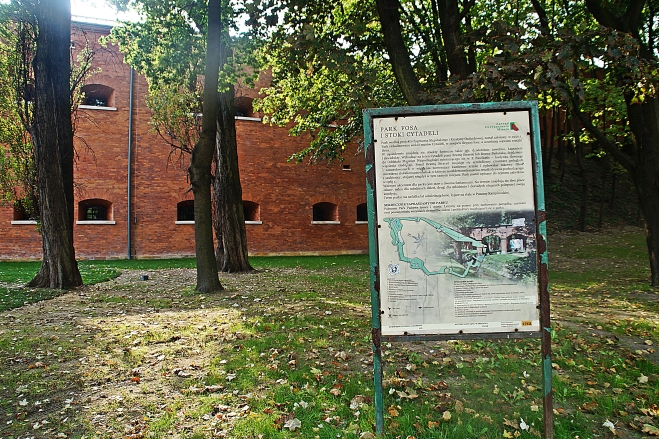
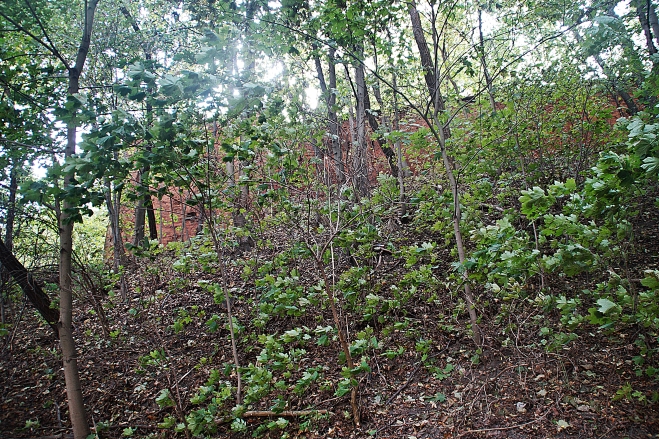
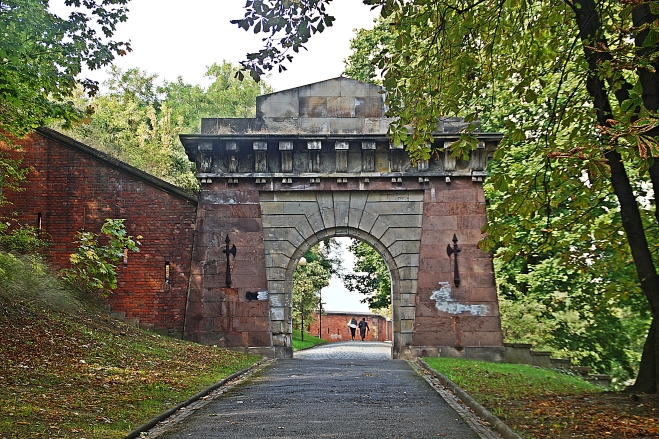

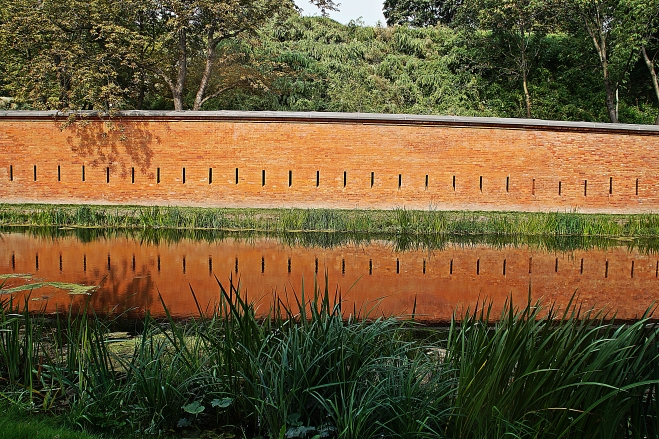
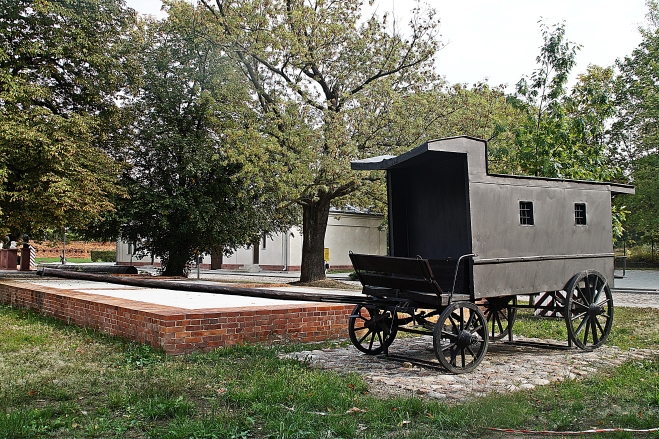
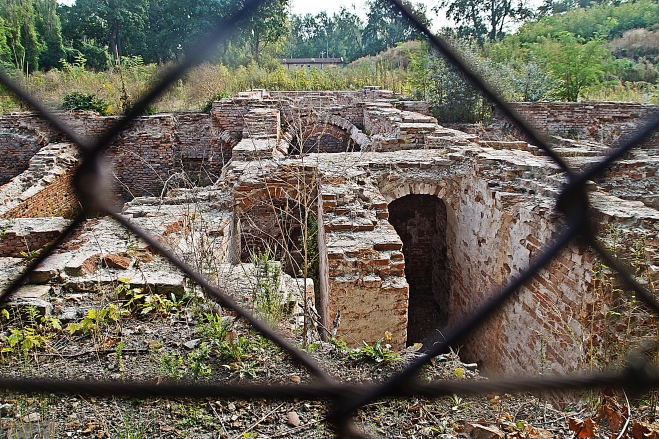
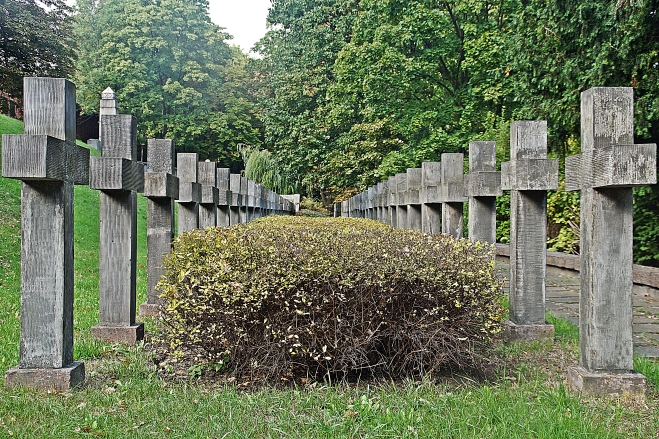
Just outside the Citadel, there is a path following the river Wisła back to the city center. The views here are stunning and it’s easy to lose track of time, and before you know of it, you’ll be back in civilisation, surrounded by skyscrapers once again.

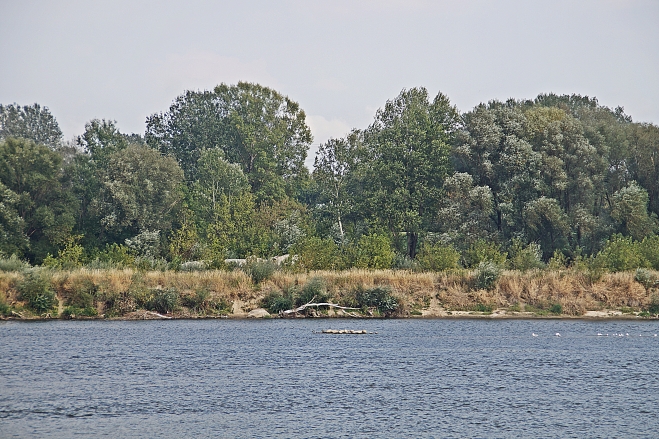
Today stands a beautiful city with an interesting mix in the townscape of everything that the city has experienced in history. After getting rid of the communist rule, the city has evolved and become a modern metropol with its very own identity and is sure to fascinate anyone who sets foot here. Do yourself a favour next time you visit Poland – go to Warsaw. Experience the capital, a city that differs so much from all the other Polish cities and has its own unique vibe. There are so many attractions to see here, and since I only had two days to explore the city, there was a lot that I didn’t have time for. I could easily have spent a week there and next time, I might just do that.
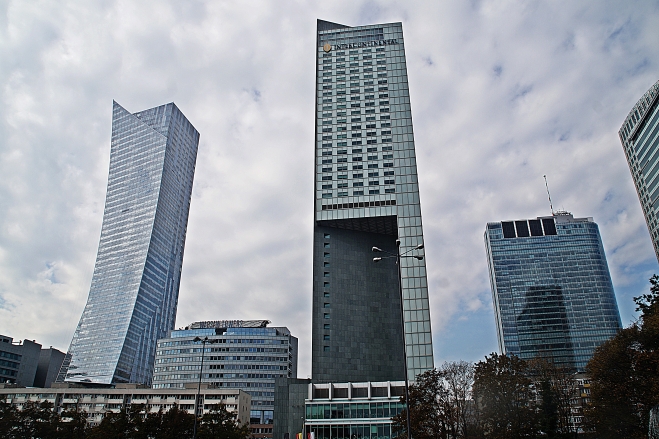
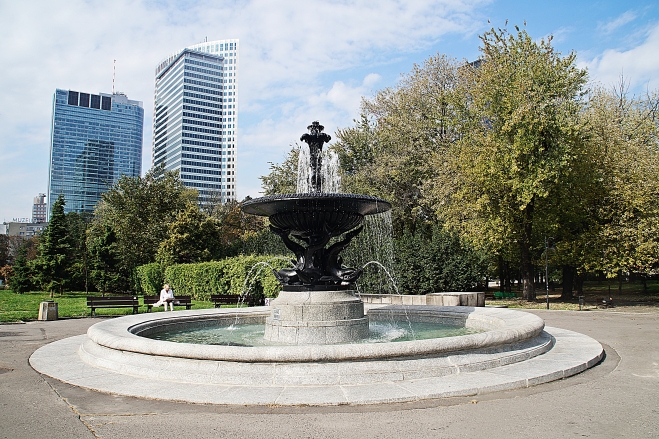
Want to explore Warsaw too? Download a city guide for Warsaw with GPSmyCity here!
Leave a Comment
Pingback: 15 Favourite New Destinations of 2015 | I Live as I Dream on 23/10/2015
Pingback: Historical Centers of the Best Cities in Poland on 23/10/2015



8 COMMENTS
Katy
8 years agoGreat post! Warsaw is for sure a city of contrasts, but I think that it is what makes this city so unique and exceptional. I really like visiting Warsaw and exploring it further with my every trip. One of the spots that I almost always go back to is a restaurant in Mokotow district, the Akademia Restaurant. It is a place that combines Polish traditional flavors with modern European ones. And they do it so well! everything I have ever eaten there was delicious and just excellent. I have never left this place disappointed.
Melissa Cherry
8 years agoThank you Katy! I agree, I really loved everything about the city. Thanks for the restaurant recommendation, I will definitely check it out when I go back to Warsaw someday (hopefully not too far away in the future)!
Andrea
8 years agoI love your posts! I actually have been to Warsaw few weeks ago but I have stayed for almost 2 weeks, so I had much time to get to know the city. Apart from popular tourist attraction I have also discovered some great restaurants and bars. My number one is defintely the Bubbles. I have never been to a bar with so many champagnes and sparkling wines before! It was incredible. And so was their food – just delicious. I hope to visit Warsaw one more time soon:)
Melissa Cherry
8 years agoHi Andrea, thank you so much for your lovely comment!
Two weeks in Warsaw sounds great! I wish I had had two weeks to explore the beautiful city! Bubbles sounds amazing – I’ll be sure to go there next time I visit Warsaw 😀
Are you travelling around Europe or how are you doing it? 🙂
anroworld
10 years agoWow, what a lovely post, you showed me a new Polish city and I enjoyed it so much! I definitely should visit it. Stunning photos!
melissacherry
10 years agoYay I’m so glad you liked it!! Thank you! 😀